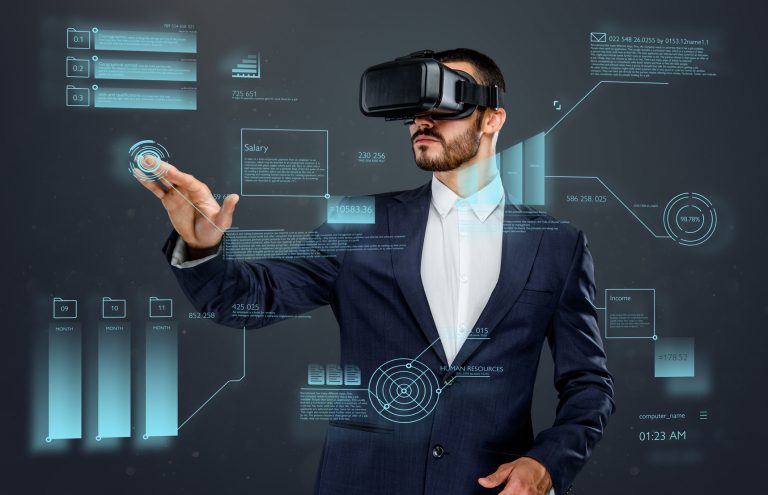
How Technology Affects Communication? A recent research study commissioned by computer company Dell among 560 information workers across the UK, US, India and Australia threw up some interesting insights that may impact on the way we communicate in business.
Here they are:
- 55% of employees work from their company’s office
- 66% use a laptop for work
- 82% want customised technology to boost their productivity
- 77% want to use more futuristic technology such as virtual reality (VR)
- Only one in five are satisfied with their present technology
When companies like Dell begin to use these insights in developing new products and services, we can expect a significant impact on business, probably within five years.
How will the new technology communication affect the way we communicate?
If you work in Britain, the United States, Australia, Canada or any other English-speaking country, you’ll be used to attending meetings that have a certain rhythm. People talking over one another, some fiddling with their phones and laptops and others seeming to take no interest at all, discussions halted while someone pours coffee, private chats with the person in the next chair and so on.
Technology Communication includes Virtual Reality
In future, some meetings will be conducted usingVirtual Reality. It’s unlikely the chaos of Western-style behaviour will fit well with the new technology.
Perhaps we’ll be encouraged to adopt the far more civilized approach of the Japanese. One person speaks at a time with no interruption. Nobody tries to hijack any pauses between speakers. The atmosphere is courteous and respectful at all times.
Why wait forvirtual reality ? We should run our meetings that way now.
Presentations will be different too.
Filling a room with attendees who yawn their way through a seemingly endless PowerPoint presentation will soon be as obsolete as the typewriter.
Already the technology exists to run PowerPoints throughvirtual reality technology. So the dreary old days of showing pie charts and columns of data on screen while someone reads from a script are nearly over.
Imagine how gripping a PowerPoint could be with facts brought to life byvirtual reality or augmented reality (AR). Product demonstrations, retail experiences, building and engineering projects, car demos, travel, food – the opportunities to bring facts to life are infinite.
Will we change the way we use language?
No doubt about that. With so much new audio and visual innovation coming our way, the emphasis on ‘show and tell’ will shift away from commentary when the pictures can deliver even more of the story with dramatic impact.
Just as smart phones and social media have driven the development of emojis to communicate feelings, you can expect a new kind of visual language to evolve from this breakthrough technology.
Due to their naïve, comic book design, emojis are not suitable for business communication and their use is prohibited by most organizations except for personal correspondence.
But new visual devices, more maturely styled, are inevitable. Perhaps they will comprise small clips of computer generated imagery (CGI) with sound. At first, they may be greetings captured in an email used in place of the usual Dear Mrs Brown.
Ultimately, in several decades’ time, our spoken language may become less important than our visual skills.
Find a few tech websites that offer regular updates on new communications and management developments. Scan tem regularly so you can keep up with what’s trending in your industry.
Here are the Top Six according to Google and Alexa:
If you liked, then please subscribe to our YouTube Channel for video content. You can also find us on Twitter, Facebook, Instagram and Linkedin.




